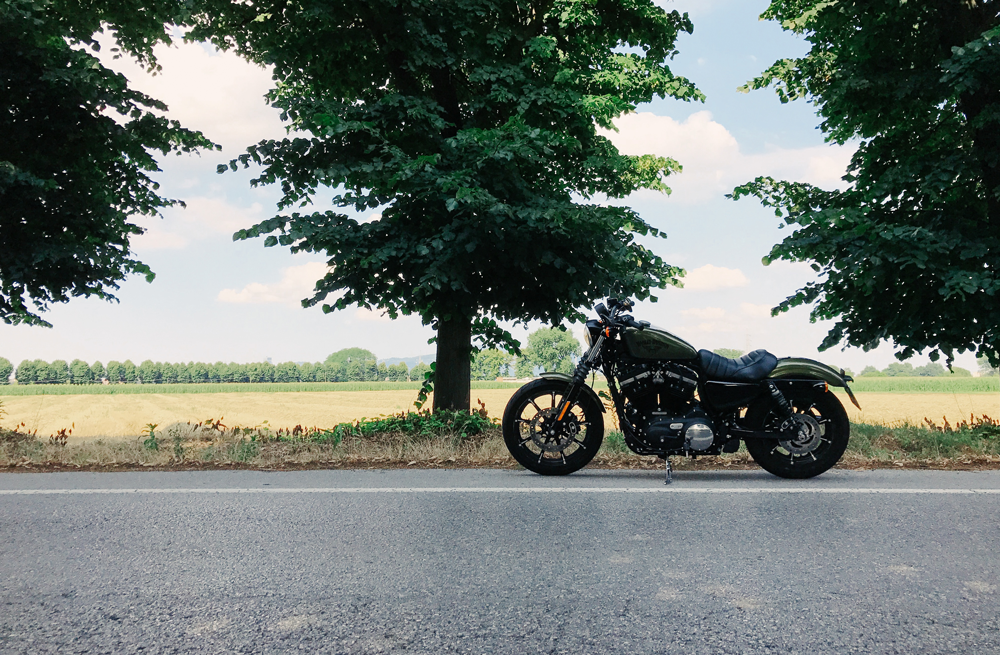While you aren’t required to carry insurance on a motorcycle in the state of Florida, that doesn’t mean you should ride uninsured. Helmets aren’t required by state law either but we all know just how important it is wear them. Read on to learn how purchasing motorcycle coverage can help you ride with peace of mind.
Unfortunately, accidents happen. Without liability insurance you could be on the hook for large out of pocket expenses. Property Damage Liability and Bodily Injury Liability coverage help to protect you in the event that you are involved in a collision and you are found to be responsible for someone’s injury or property damage. The state minimum Property Damage Liability limits in Florida are $10,000 per occurrence. Bodily Injury Liability coverage is sold at a minimum of $10,000 per person and $20,000 per occurrence. This means that any one injured person is eligible to receive up to $10,000 in compensation for their injuries, if warranted, but all parties injured in the accident cannot collect more than an aggregate total of $20,000. You can always elect to purchase higher limits in order to increase the amount of your protection.
Motorcyclists frequently end up having to lay down their bikes when they are involved a collision, which usually results in the motorcycle sustaining significant damage. Collision coverage will help to cover the cost of the repairs to your bike or pay out the actual cash value of the motorcycle if it is deemed a total loss. Collision coverage is sold with a deductible; a deductible is the amount you have to pay before the insurance coverage kicks in. You can choose a deductible amount that you are comfortable with when purchasing your policy. Let your agent know if you’ve had custom work done on your bike so that they can help you add on the necessary endorsements to cover your modifications.
Comprehensive coverage tends to be an inexpensive option to add to your policy that can carry a big benefit. If your motorcycle is damaged by vandalism, flood, falling objects (like tree limbs in a storm) or by a collision with an animal then comprehensive will cover the cost of the repairs minus your deductible.
Last but certainly not least, you’ll want to consider adding first party medical coverage to your motorcycle policy. The harsh reality is that motorcyclists who are involved in a collision are frequently injured. Medical Payments coverage is a coverage that will directly pay your medical bills if you are injured in an accident, regardless of who is at fault. Even if you carry health insurance, Medical Payments coverage may be a helpful supplementary coverage if your health insurance plan has a high deductible.
Uninsured/Underinsured Motorist Bodily Injury coverage is another medical coverage available to help with medical expenses. If you are involved in an accident where you are not at fault and the other driver carries no insurance or doesn’t carry high enough insurance limits to compensate you for your injuries, then your Uninsured/Underinsured Motorist Bodily Injury coverage comes into play. Unlike Medical Payments coverage, Uninsured/Underinsured Motorist Bodily Injury coverage doesn’t pay your medical bills directly, but instead provides you with a lump sum amount to cover both your medical expenses and your pain and suffering sustained as a result of the accident.
If you’d like to talk to one of Webb’s advisors to learn more about motorcycle insurance, click here.


Recent Comments